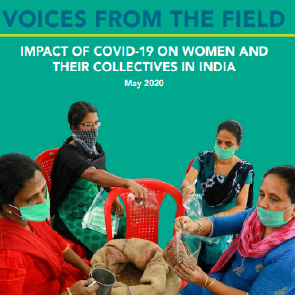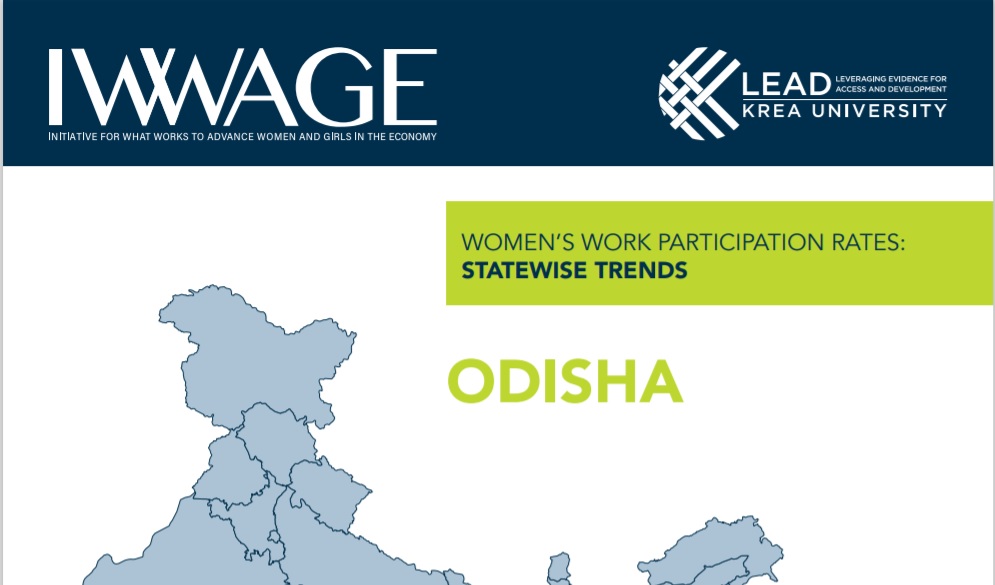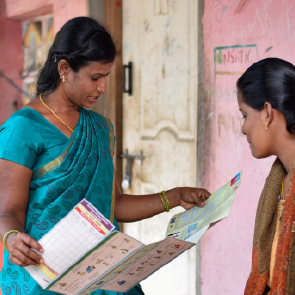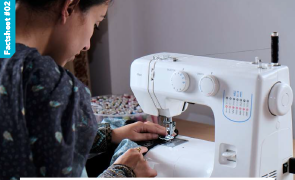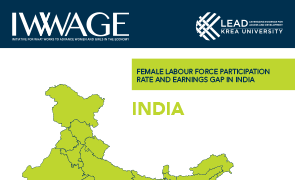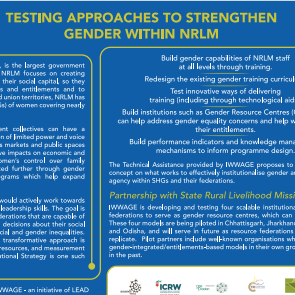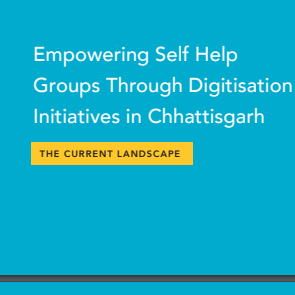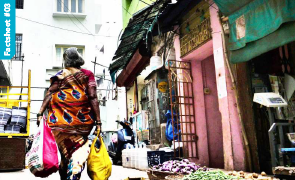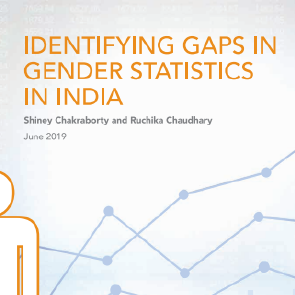Voices from the Field
With approximately 67 million women mobilised into Self-Help Groups and federations, owned and represented by women, the Deendayal Antyodaya Yojana-National Rural Livelihoods Mission (DAY-NRLM) holds great promise for advancing women’s socio-economic empowerment and offering them resilience in times of crises such as the current pandemic. SHG federations across India not only offer means for many poor women to build sustainable households, but are also platforms for them to seek support, including financial, social and psychological support that they derive by associating themselves with others who are like them.
Stories from the ground during India’s lockdown phase are suggesting that Self Help Groups (SHGs) of women are being involved by state governments in the fight against COVID-19. SHGs across India have worked day and night to manufacture masks, run community kitchens and assist in health checks. They have helped spread awareness about the virus in the local language and in a culturally-sensitive manner within their communities. Yet, SHGs and their members have been impacted both socially and economically, with many reporting intensive losses to their work and livelihoods, increased drudgery and unpaid work burden and rising incidence of domestic violence. In line with IWWAGE’s core mandate of informing the policy agenda on women’s economic empowerment in India, this report presents a summary of insights gained from recent research and conversations around women’s empowerment collectives (WECs) and how women are dealing with the pandemic and lockdown in India. The report attempts to summarise the challenges women and their collectives are facing during the lockdown and concludes with a series of recommendations.


